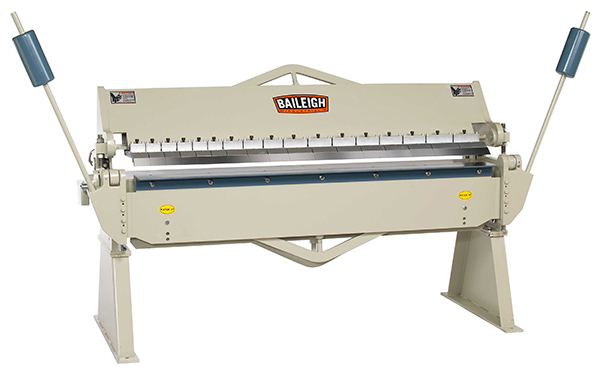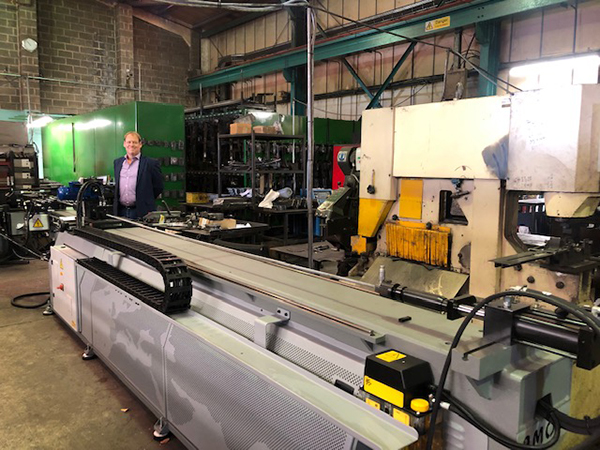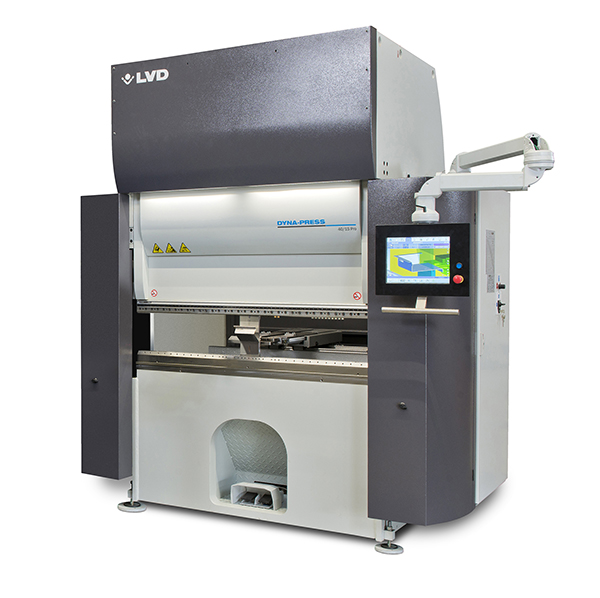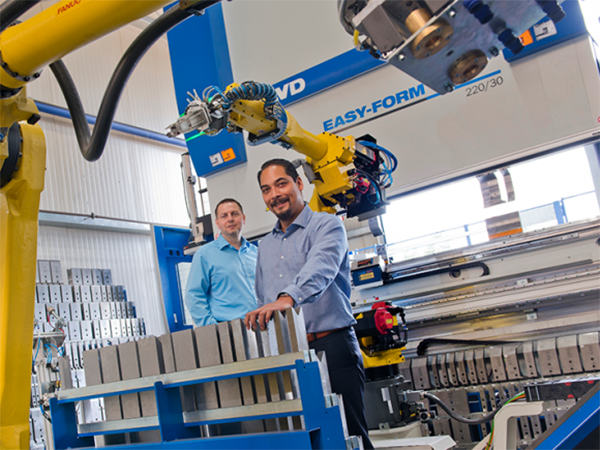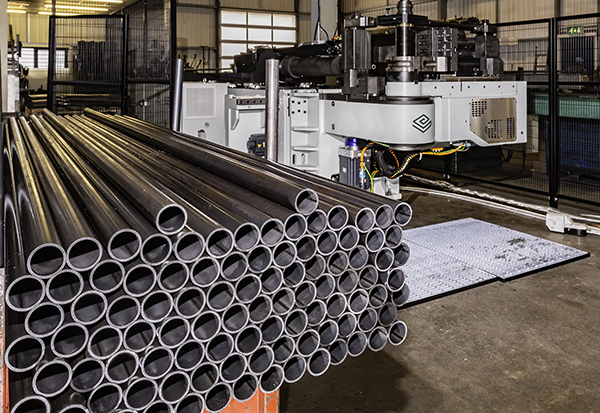Baileigh Industrial specialises in sheet-metal brakes, the major components of which include clamps to hold the sheet metal, a bending plate where the sheet metal rests, and a lever that lifts the bending plate until the desired angle has been achieved.

Hydraulic sheet metal brakes from Baileigh boast a fully welded top beam, bending leaf and solid steel support rods, which help minimise any deflection when bending at full capacity. So, how do users get the most from such machines?
Like with any project, the best place to start is by measuring not once, but twice. By measuring twice, users can avoid multiple bending attempts. Once all the sheet metal required for the project has been cut to the desired sizes, it is time to make the first bend. Slide the metal into the machine until the measurement marks line up with the clamps on either side. Then, simply lower the clamping lever using the handle on the side of the brake and fix it against the sheet metal.
Once in place, lift the lever on the bending blade so that the metal moves up toward the sheet-metal brake. Using the angle guide on the side of the brake, bend the metal until the angle indicator shows the correct angle. Stay in that position for a few seconds before replacing the lever back to its original starting point.
Now all that is left to do is remove the sheet metal and check the bend matches the required angle. If the bend is not quite right it is always possible to re-insert the metal into the clamps and bend the metal further.
For further information www.baileighindustrial.co.uk






